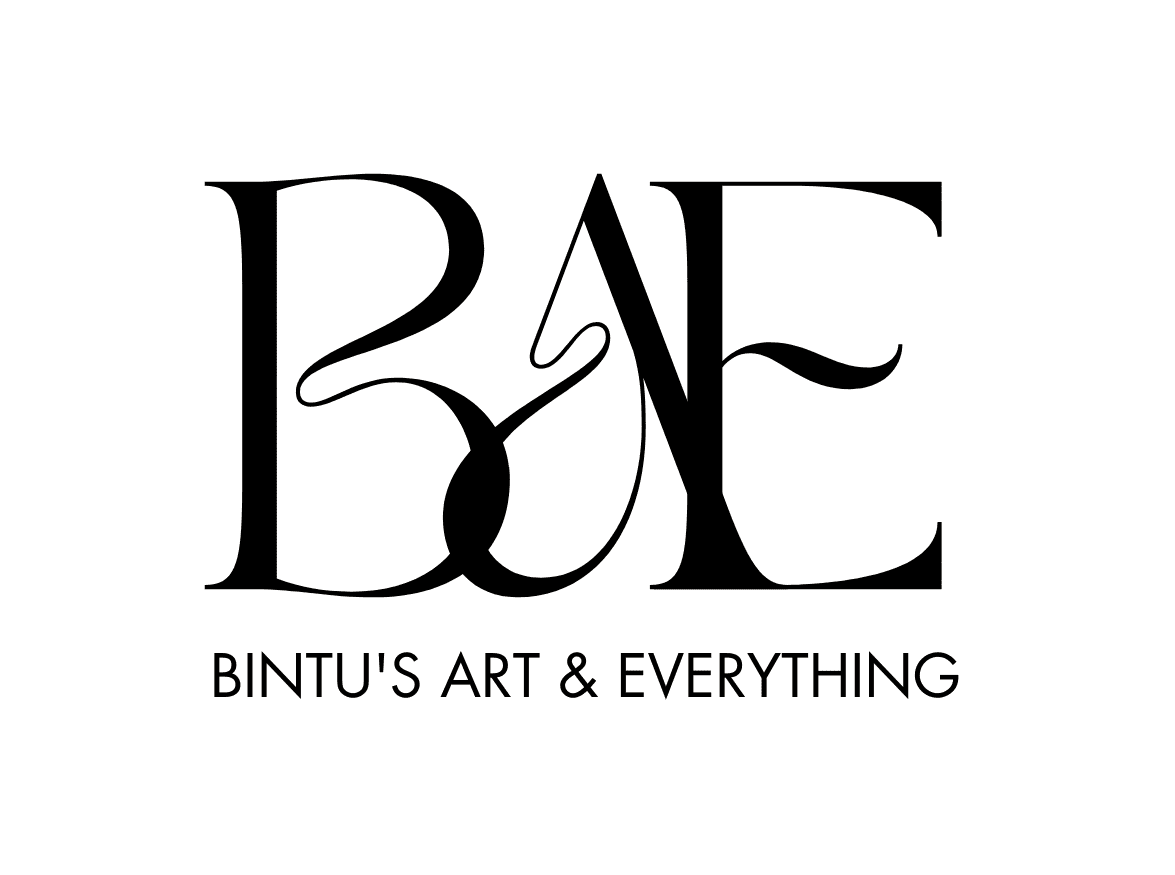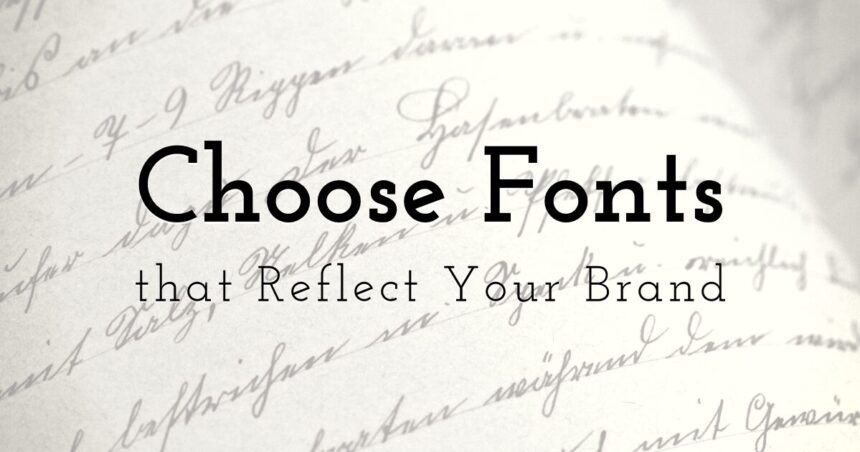How to Choose Fonts That Reflect Your Brand’s Personality
Typography is more than just letters on a page—it’s a powerful tool that communicates your brand’s identity before a single word is read. The right font can evoke emotions, convey values, and create a lasting impression. But with thousands of fonts available, how do you choose the ones that perfectly reflect your brand’s personality? This guide breaks down the process into actionable steps to help you select fonts that align with your brand and resonate with your audience.
1. Define Your Brand’s Personality
Before browsing fonts, you need a clear understanding of your brand’s identity. Ask yourself:
- What adjectives describe your brand? (e.g., modern, playful, elegant, bold, trustworthy)
- Who is your target audience? (e.g., young creatives, corporate professionals, luxury shoppers)
- What emotions do you want to evoke? (e.g., excitement, trust, sophistication)
For example, a tech startup might aim for a sleek, innovative vibe, while a boutique bakery might lean toward warm, inviting, and handmade aesthetics. Write down 3-5 core traits to guide your font choices.
2. Understand Font Categories
Fonts fall into several categories, each with distinct characteristics that align with different brand personalities:
- Serif Fonts: These fonts have small lines or “serifs” at the ends of strokes (e.g., Times New Roman, Georgia). They feel traditional, reliable, and authoritative, making them ideal for established brands like law firms, publishers, or luxury companies.
- Sans-Serif Fonts: Clean and minimal, sans-serif fonts (e.g., Helvetica, Roboto) convey modernity and approachability. They’re perfect for tech companies, startups, or brands aiming for a friendly, accessible tone.
- Script Fonts: These mimic handwriting or calligraphy (e.g., Pacifico, Great Vibes) and feel personal, elegant, or creative. They suit feminine, artistic, or boutique brands but should be used sparingly due to readability concerns.
- Display Fonts: Bold and attention-grabbing (e.g., Impact, Bebas Neue), these are great for headlines or edgy brands but can overwhelm if overused.
- Monospace Fonts: Uniform and technical (e.g., Courier, Source Code Pro), these evoke a retro or techy feel, ideal for coding brands or vintage aesthetics.
Understanding these categories helps you narrow down fonts that match your brand’s tone.
3. Match Fonts to Your Brand’s Traits
Once you know your brand’s personality and font categories, align the two. Here are examples of how fonts can reflect specific traits:
- Playful Brands: Use rounded or hand-drawn fonts like Comic Sans or Bubblegum Sans to convey fun and approachability.
- Professional Brands: Opt for clean, neutral sans-serifs like Lato or Open Sans for a polished, trustworthy look.
- Luxury Brands: Choose elegant serifs like Didot or refined scripts like Great Vibes to exude sophistication.
- Bold Brands: Go for strong, geometric fonts like Futura or Montserrat to project confidence and modernity.
For instance, a sustainable clothing brand targeting young eco-conscious consumers might pair a clean sans-serif like Poppins with a playful display font like Quicksand to balance professionalism with approachability.
4. Prioritize Readability
No matter how “on-brand” a font is, it must be legible. Consider:
- Font Size and Context: Ensure the font is clear at various sizes, especially for body text. Decorative fonts like scripts or displays often work better for headings than paragraphs.
- Cross-Platform Consistency: Test fonts on websites, print materials, and mobile devices to ensure they render well.
- Accessibility: Choose fonts with clear letterforms to accommodate all readers, including those with visual impairments.
Avoid overly intricate fonts for large text blocks, as they can strain the eyes and deter engagement.
5. Limit Your Font Choices
Using too many fonts can make your brand look chaotic. Stick to 2-3 fonts:
- Primary Font: For headings or logos (e.g., a bold display font).
- Secondary Font: For body text (e.g., a readable sans-serif).
- Accent Font (optional): For special elements like quotes or callouts (e.g., a subtle script).
Pair complementary fonts for balance. A common approach is combining a serif with a sans-serif for contrast without clashing. For example, pairing Georgia (serif) for headings with Roboto (sans-serif) for body text creates a harmonious, professional look.
6. Consider Emotional Impact
Fonts carry emotional weight. Bold, thick fonts feel confident and commanding, while thin, delicate fonts feel refined and subtle. Test how your chosen fonts make you and your audience feel. For example:
- A fitness brand might use a bold, condensed font like Anton to convey strength.
- A wellness brand might choose a soft, rounded font like Comfortaa to evoke calm.
Ensure the emotional tone aligns with your brand’s message and values.
Related Articles:
7. Test and Gather Feedback
Before finalizing your fonts, create mockups of how they’ll appear in:
- Logos
- Website headers and body text
- Social media graphics
- Print materials like business cards or packaging
Share these with your team or target audience to gather feedback. Do the fonts feel “on-brand”? Are they easy to read? Adjust based on responses to ensure your typography resonates.
8. Source Fonts from Reliable Platforms
Explore reputable font libraries to find high-quality options:
- Google Fonts: Free, versatile, and web-friendly (e.g., Open Sans, Lora).
- Adobe Fonts: Premium options with extensive libraries (e.g., Proxima Nova, Minion Pro).
- FontSquirrel: Free fonts with commercial licenses (e.g., Raleway, Merriweather).
Always check licensing to ensure fonts are suitable for commercial use, especially for logos or products.
9. Stay Consistent Across Your Brand
Once you’ve chosen your fonts, document them in a brand style guide. Specify:
- Which fonts to use for headings, body text, and accents.
- Font sizes, weights, and colors.
- Where and how to apply them (e.g., web, print, social media).
Consistency reinforces your brand’s identity and builds recognition over time.
Final Thoughts
Choosing fonts that reflect your brand’s personality is about blending creativity with strategy. By defining your brand’s identity, understanding font categories, and prioritizing readability, you can select typography that not only looks great but also strengthens your brand’s connection with its audience. Take the time to test and refine your choices—your fonts are the visual voice of your brand, and they deserve to speak clearly and authentically.
Ready to start? Explore font libraries, create mockups, and let your brand’s personality shine through every letter.
Image source: Pixteller.com






